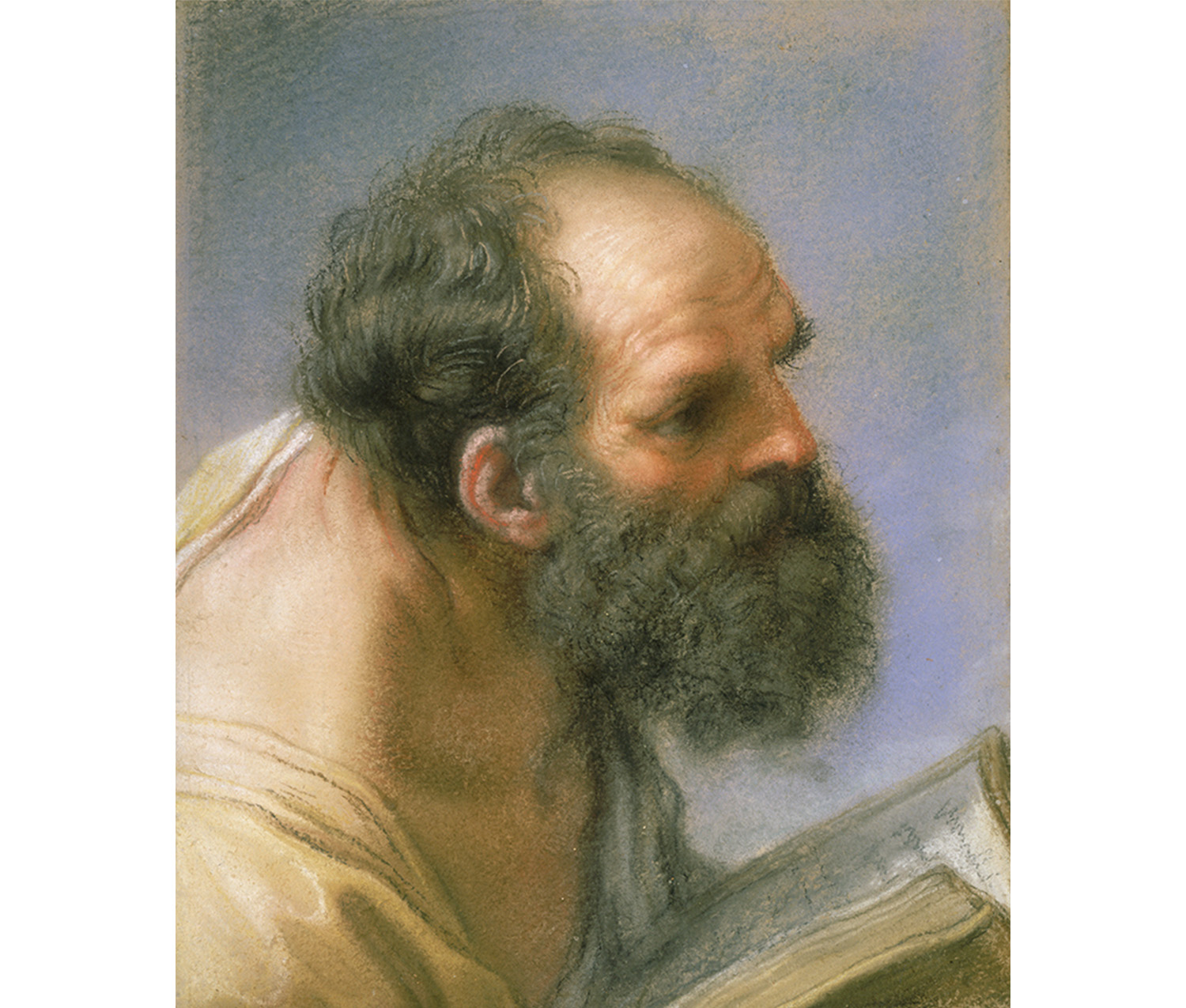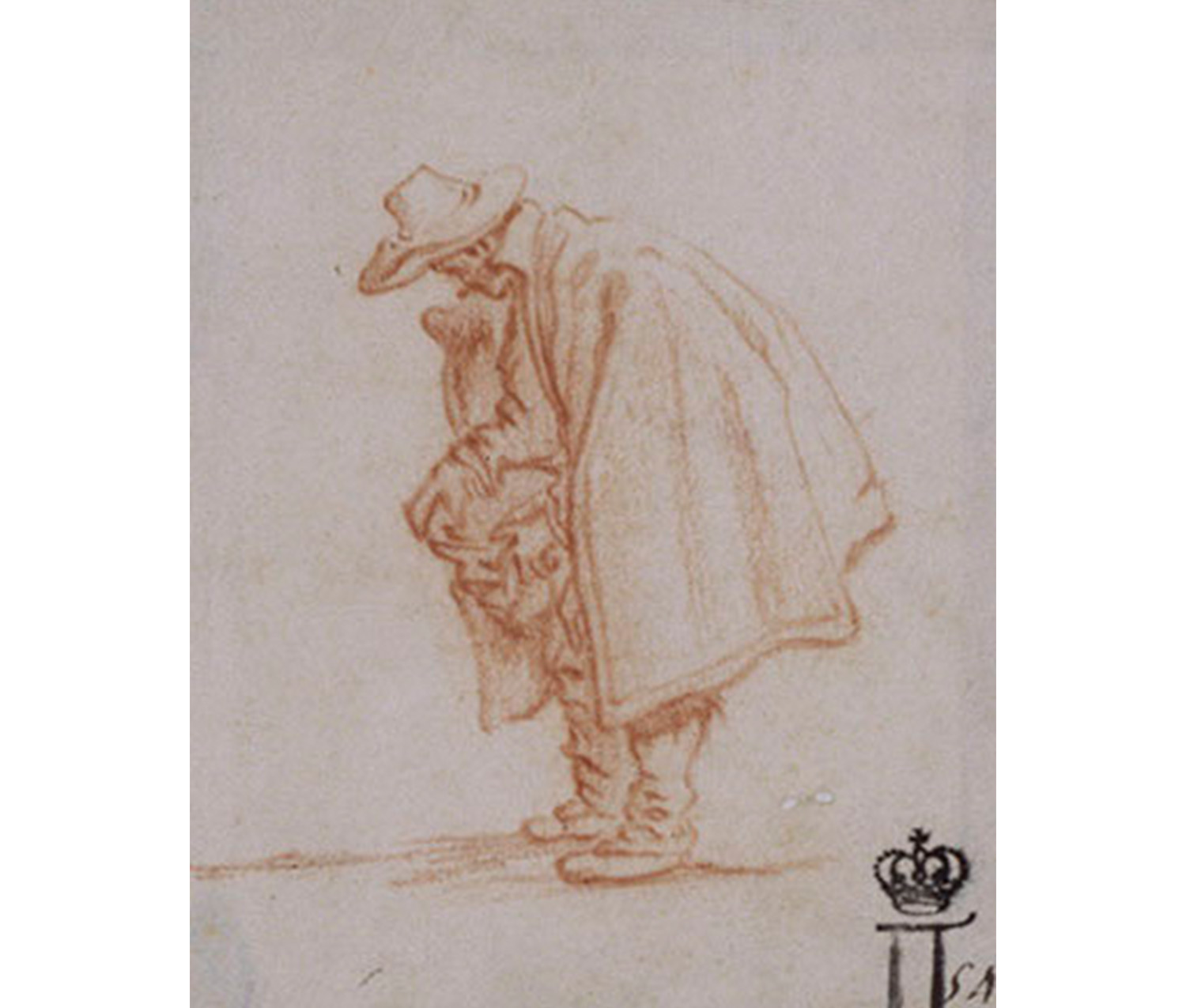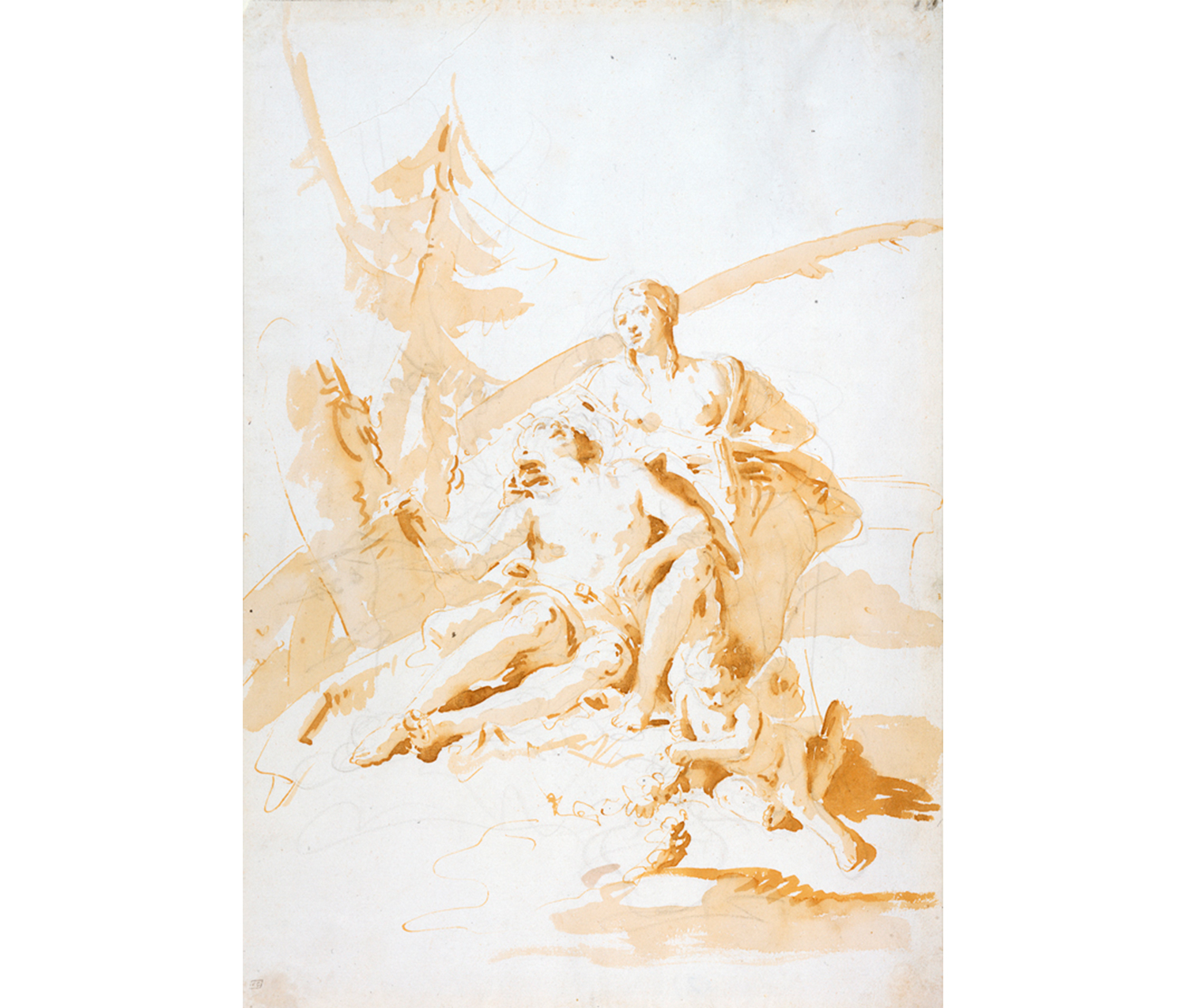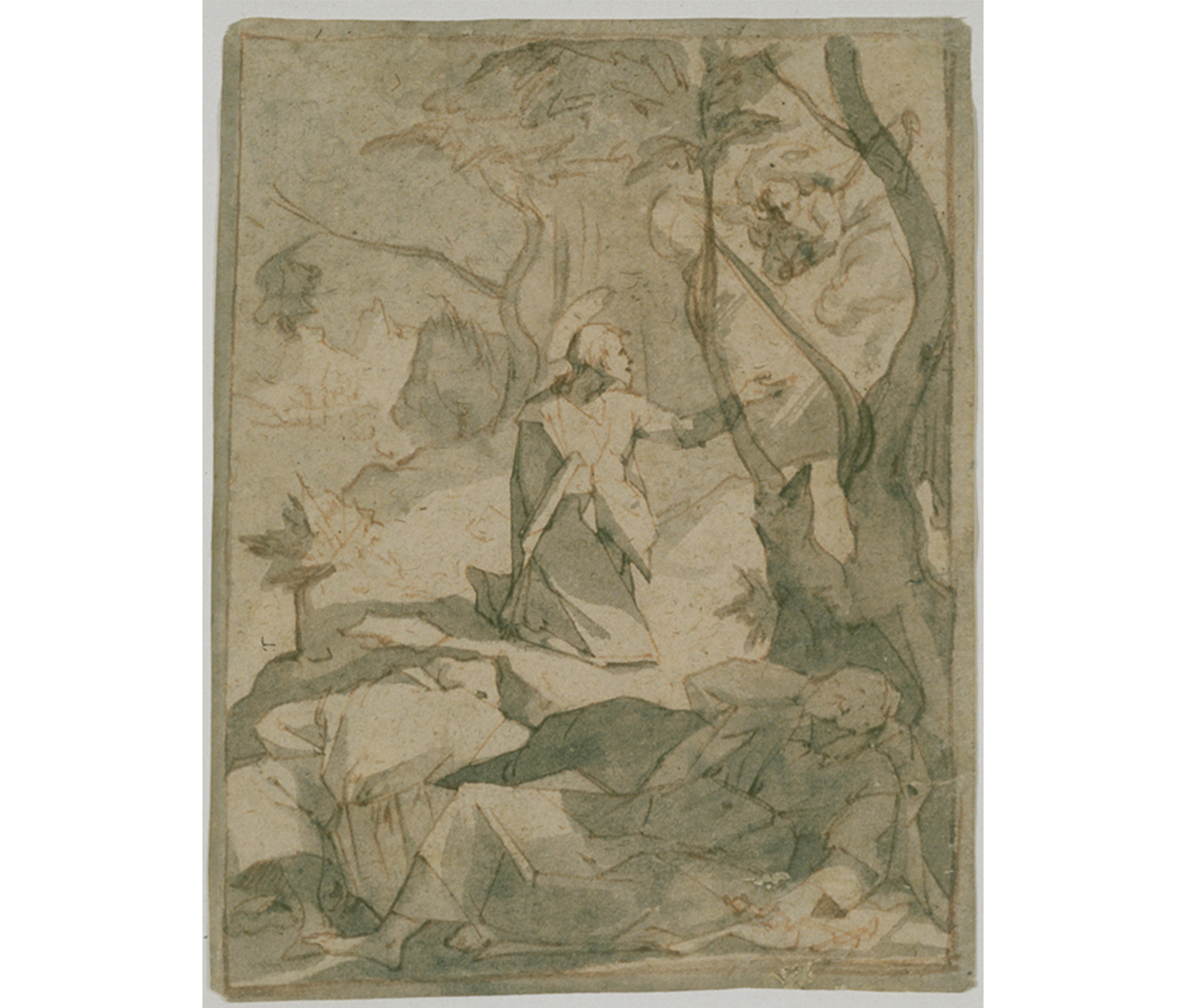
French and Italian Drawings: Renaissance through Romanticism, Part II
Julie Warchol is the 2012-2013 Brown Post-Baccalaureate Curatorial Fellow in the Cunningham Center.
Two weeks ago, Paper + People featured a blog post on the Smith College colloquium French and Italian Drawings: Renaissance through Romanticism, which is currently being taught by Suzanne Folds McCullagh, the Anne Vogt Fuller and Marion Titus Searle Chair and Curator of Prints and Drawings at the Art Institute of Chicago. The class of six students organized and wrote wall texts for an installation of French and Italian Drawings from the SCMA collection. This installation is on view in the Nixon gallery on the Museum’s second floor until December 16, which is fast approaching – be sure to check it out!
The course takes a very hands-on approach to learning about drawings. Not only did the students spend the first half of their semester in the Cunningham Center working directly with the drawings and writing labels which are now in the Museum’s installation (a selection are shown below), but they also had the rare opportunity to actually make some of the materials which those drawings employed. In one of classes in November, the students and Professor McCullagh were joined by David Dempsey, SCMA’s Associate Director of Museum Services, and Phoebe Dent Weil, a retired conservator and expert on historic methods and materials. The class learned how to chemically create iron gall ink as it would have been made centuries ago, with some surprising results:
Labels written by the French and Italian Drawings Class

Benedetto Luti. Italian, 1666–1724. Head of an Apostle, 1712. Pastel on moderately textured grey antique laid paper, laid down on a heavier off white board, the top and bottom edges of the paper wrapped around the mount. Purchased with the Beatrice Oenslager Chace, class of 1928, Fund. Photography by Petegorsky/Gipe. SC 1989.33.
Label written by Maddy Barker, class of 2015:
Benedetto Luti was famous for his work in pastel. His use of the medium can be traced back to 1703 and is considered among the earliest pastel paintings in Italy. This work is for a series of the twelve apostles. The identity of this figure is uncertain, but the presence of the open book makes it likely to be one of the four Evangelists: Matthew, Mark, Luke, or John. The viewer is drawn in by the careful attention to tactility of the hair and beard of the apostle. Luti mastered color to create volume and luminosity reminiscent of the art of Correggio.

Jacques Callot. French, 1592–1635. Beggar, n.d. Red chalk on cream antique laid paper. Gift of Eugene Victor Thaw. Photography by Petegorsky/Gipe. SC 1959.210.
Label written by Sara Ottomano, class of 2015:
Renowned as a printmaker and draftsman, this French artist spent most of his career in Italy. Many of his works capture the diverse social classes within Italian society. One series of works focused on the life of beggars. Rather than depicting them as parasitic and resentful, a common practice at the time, Callot drew the beggars as feeble and harassed.
This delicate drawing is stamped with large and unsightly collectors’ marks, including a crowned P, indicating this drawing was once part of Tsar Paul I’s and Catherine the Great’s collection in Russia.

Giovanni Battista (Giambattista) Tiepolo. Italian, 1696–1770. Angelica and Medoro, early 1740s. Pen and bistre ink with brush and bistre wash over black chalk on white antique laid paper. Purchased with the gift of Mr. and Mrs. Edwin H. Land in honor of Clarence Kennedy. Photography by Petegorsky/Gipe. SC 1960.43.
Label written by Amanda Manocherian, class of 2015:
Giambattista Tiepolo, a renowned eighteenth-century Venetian painter, was considered an exemplar of the monumental pictorial tradition in Italian art. Favoring heroic and religious themes, he had a unique talent for depicting forceful visual dramas through dynamic, theatrically staged scenes.
In this drawing Giambattista aggressively uses washes of differing intensities to model space and form along with bold brush-strokes and brilliant highlights that clash with deep shadows to illustrate the love story of Angelica and Medoro. Angelica, the princess of Cathay, fell in love with the wounded Moorish soldier Medoro, whom she nursed back to health. Sharply contrasting planes of shadow and light meet over the lover’s stylized bodies and, in combination with Giambattista’s sweeping brush strokes, create an almost painfully dynamic composition that breathes fiery life into the scene.

Andrea Boscoli. Italian, 1550–1606. Christ on the Mount of Olives, n.d. Red chalk with gray wash on buff colored antique laid paper. Gift of Jere Abbott. Photography by Petegorsky/Gipe. SC 1978.27.
Label written by Ellen Monroe, class of 2015:
This fantastically angular drawing is characteristic of the late sixteenth-century Florentine artist Andrea Boscoli. The same crisp lines can be seen in his sketch after a fifteenth-century Benozzo Gozzoli fresco, currently part of the Drawn to Excellence exhibition on SCMA’s first floor. Boscoli’s precise lines animate both compositions, but here Boscoli layered gray wash on top of his red chalk drawing. This was a technique Boscoli frequently used to create dramatic shading. Indeed, the tree on the right casts a shadow on the foreground figure, while Christ’s kneeling form is illuminated.